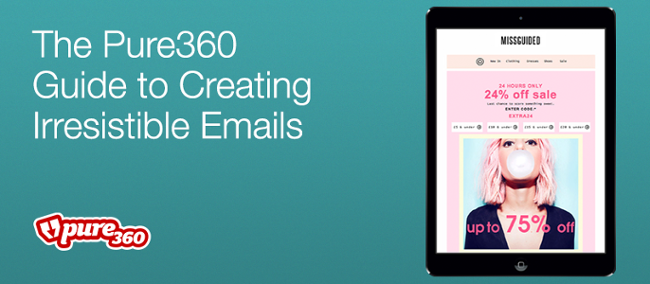Image credit: rmnoa357 / Shutterstock.com
How to stay in the inbox and out of the junk folder
With news of 500 million Yahoo users’ details being stolen, the security of email accounts is a major cause for concern.
Hacked accounts lead to the circulation of emails that look genuine but are spam. And with so much at stake, people are becoming increasingly cautious about what emails they engage with.
So how can you get people to trust and interact with your emails? We take a look at simple ways of making sure your emails make people feel confident in their authenticity and reduce your threat of being blocked, junked or mistakenly deleted.
Ask permission
It’s always best practice to use double opt-in email lists. When someone has signed-up to receive your emails, immediately send them a message to confirm they’d like to do so. The email you send should include a verification link which the recipient must click to receive future emails. Double-opting in your email requests ensures people are entering the right details and reduces your probability of spam complaints.
Give recipients the heads-up
Make sure you’re using meaningful and clear preheaders when you put together your emails. A preheader is a short text summary of what your email is about. It appears alongside the subject line. Generally it’s a line of text from the first part of the email copy. Don’t leave recipients feeling unsure about what your email contains.
Be clear where you’re coming ‘from’
We spend lots of time worry about the subject line and content of our emails but our ‘from’ or ‘sender name’ line is just as important. It tells the recipient who the message is from, so make sure it’s clear, familiar and consistent. If they recognise who the email has been sent from then they’ll go on to to consider opening it. Don’t change your ‘from’ name on a whim – it will damage trust with the recipient.
Don’t forget to write
Don’t just use big images to create your email. Incorporate text, use alt text and html so recipients know what’s contained in the email without having to download images. Spam filters are primed to block emails that contain heavy image usage. The ‘golden ratio’ used to be 60/40 in favour of text, while there is still slight uncertainty if this is correct, it isn’t a bad rule to adhere to. Recipients are also likely to browse off an email if they have to wait around while big images are downloaded.
Honesty is the best policy
Be transparent about what your email is about. It may be tempting to try and grab attention with a provocative or surprising subject line but if it’s not relevant to the content then recipients will feel mislead. Never use ‘Re:’ or ‘Fwd:’ as part of your subject line – it’s disingenuous and a rotten trick to play on people. Being dishonest will result in people losing trust in your communications or marking you as spam, reducing your deliverability in the future.
Check before you send
Good email platforms will provide you with a spam check tool. This is usually a simple check that the software will perform on your prospective email which highlights any spam risks. Most commonly these spam risks are particular words or phrases you have inadvertently used which will increase the likelihood of your email being caught in the junk folder. Words such as ‘win’,’free’ or sudden use of capitalisation can increase your chances of being junked. It’s a useful tool to get to grips with and can flag up problems before they happen.
Stay in touch
Stay in touch with what your recipient wants. Sending irrelevant emails, delivering them too often or too little can land you in the junk folder. Make sure you remain in the good books of your recipients by making sure your emails are relevant to them and you don’t leave it so long that they forget who you are.
So there you are – a few tips to keep you in the inbox and out of the junk. Follow these and you’re doing everything you can to build trust with your recipients.

